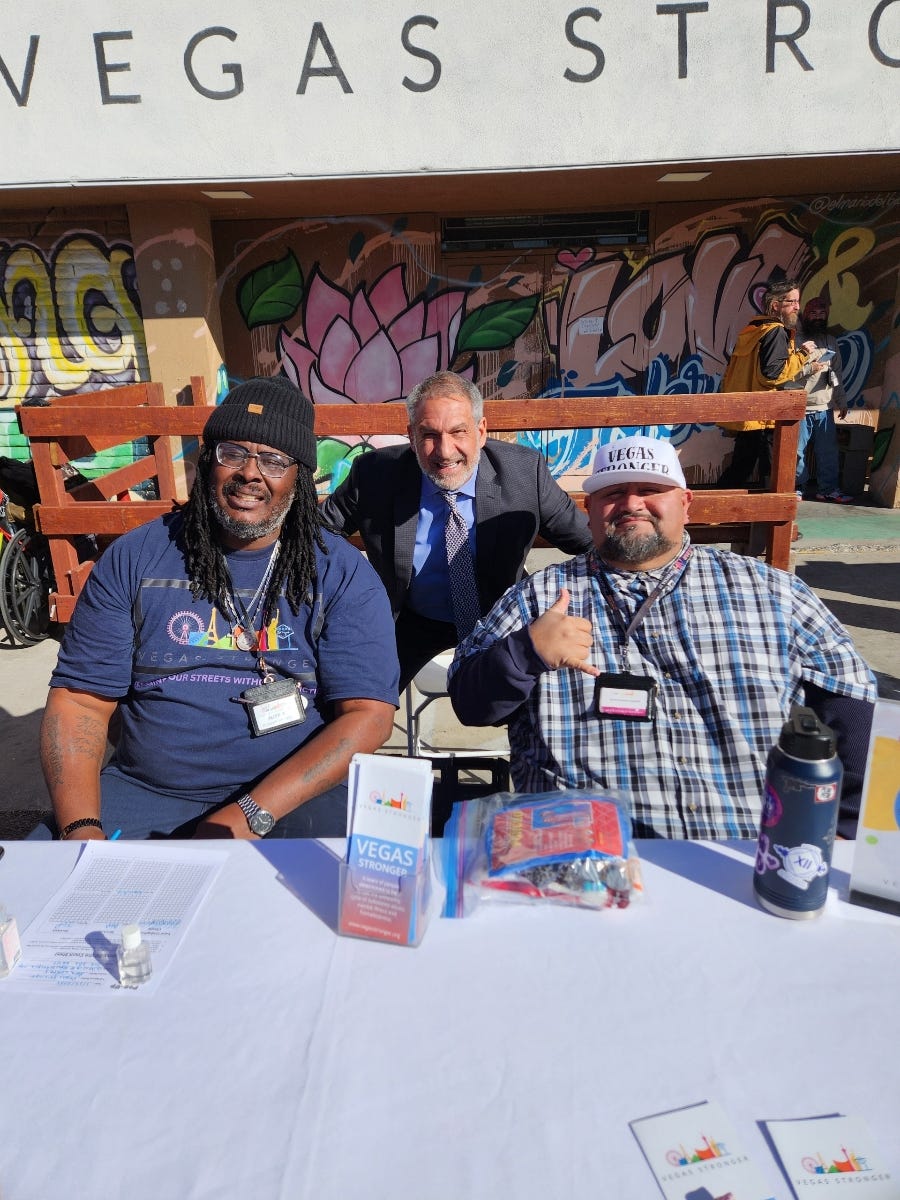The Peer Recovery Support Specialist (PRSS) model is built on the idea that lived experience can be a powerful tool in helping others achieve recovery. However, the way recovery is defined in the PRSS certification process raises serious concerns. According to SAMHSA, recovery is broadly defined, allowing individuals to self-identify their recovery status. This flexibility, while aligned with harm reduction models, creates risks when applied to addiction recovery.
The Challenge of Defining Recovery
Currently, PRSS certification requires individuals to have two years in “recovery,” yet the definition of recovery itself remains vague. This lack of clarity opens the door for inconsistencies in the quality and effectiveness of peer support. In my experience, finding truly competent peer support specialists is difficult unless they have other professional experience or function in additional roles. The 500-hour internship model further limits the pool to individuals who may be unable to work in paid positions—those who are retired, disabled, or new to recovery. While some organizations, like NAMI, have structured peer support models for mental health, there is little guidance on what recovery should look like in substance use disorder (SUD) support.
The Risks of a Self-Defined Recovery Model
Allowing individuals to define their own recovery status within PRSS work presents multiple concerns:
Normalization of Continued Use
Some PRSS programs permit individuals to claim “recovery” while continuing to use substances in a managed way. This could lead to an environment where continued use is tolerated and even justified, creating risks for those they support.Risk of Peer Enabling
A PRSS who is not fully abstinent may inadvertently reinforce the belief that controlled substance use is safe for everyone. This contradicts evidence showing that for many individuals, total abstinence is necessary for long-term stability. If clients see their PRSS engaging in moderate use, it could serve as justification for their own continued substance use.Contradictions with Clinical Models
Established treatment programs such as ASAM, NAADAC, and AA emphasize abstinence as the foundation of recovery for severe addiction cases. When PRSS professionals operate under a flexible recovery model, it can create conflicting messages between peer support and clinical treatment.Credibility and Effectiveness
A PRSS who is not abstinent but claims to be in recovery may struggle to gain credibility with clients and other professionals. Trust is essential in peer support, and a flexible recovery definition can undermine that trust.Slippery Slope Toward Relapse
For those with severe addiction histories, the idea of controlled use or harm reduction can serve as a rationalization for ongoing substance use rather than true progress. PRSS professionals who are in active or partial substance use may also struggle to maintain professional boundaries.
The Case for an Abstinence-Based PRSS Model
To ensure the highest standard of peer support, PRSS certification should adopt a more rigid abstinence-based requirement:
Clear, Unambiguous Standards – PRSS professionals should be required to maintain 100% abstinence for a set period before working with clients.
Safety for Clients – Individuals in early recovery are particularly vulnerable. They deserve mentorship from those who have fully exited substance use.
Stronger Professionalism – Aligning PRSS roles with clinical expectations would enhance their credibility and effectiveness.
Differentiate Between PRSS and Harm Reduction Coaches
If harm reduction is the goal, that role should be distinct from PRSS positions, which should be dedicated to full recovery.Increase Training and Ethics Discussions
Many PRSS professionals may not even be aware of the risks posed by a flexible recovery definition. More training can help mitigate this issue.
The Vegas Stronger Approach
At Vegas Stronger, we set a clear expectation: all employees must have two years of consistent abstinence if they are in recovery. We conduct annual drug testing for all staff, and while we support those who relapse, not everyone makes it through the process. This structure provides a clear and measurable path to success.
I have personally debated this issue with many peers in the field. Some argue that defining recovery in a rigid way is discriminatory, but I disagree. There is a significant difference between someone who is one week clean/sober and someone who is two years clean/sober. The push for inclusivity in recovery definitions has, in some cases, diminished the discipline required for long-term success.
By maintaining clear standards and reinforcing abstinence-based recovery, we create a stronger, safer, and more effective PRSS workforce. Would you support a movement toward requiring long-term abstinence for PRSS certification?



I wrote something on this for ADAW recently https://onlinelibrary.wiley.com/doi/full/10.1002/adaw.34423
This is very important for the growth of our profession and client experience.